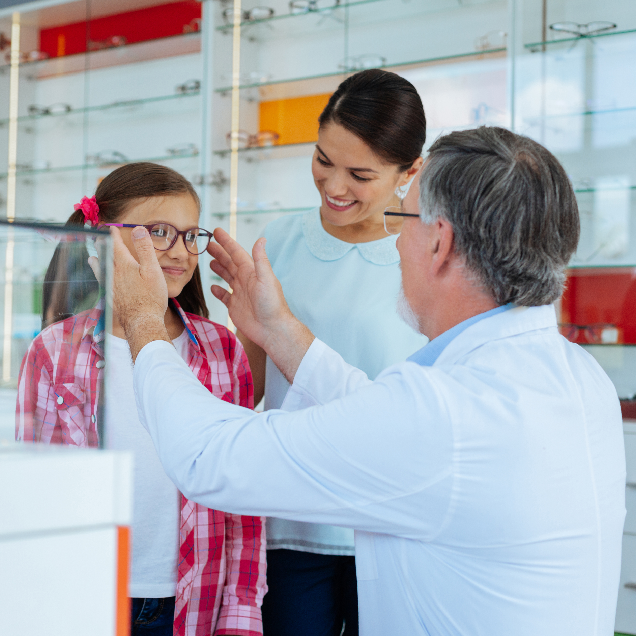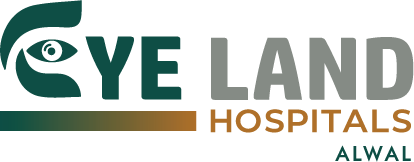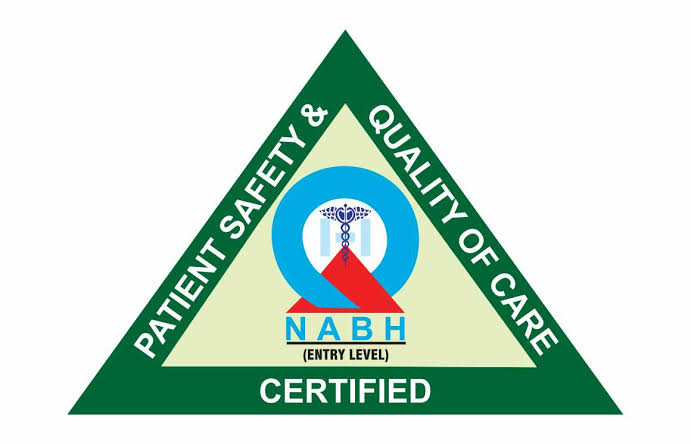Paediatric Ophthalmology

Paediatric Ophthalmology
In paediatric ophthalmology, every day is an adventure where tiny eyes hold immense potential. With personalized care plans and a touch of magic, we, collaborate to nurture young patients’ vision. From playful examinations to tailored treatments, we ensure that each child explores the world with a clear vision. Also, often, children’s eye problems go unnoticed, so it is extremely important to stay attentive and get regular check-ups done.
Apart from regular check-ups, when would one need a Paediatric Ophthalmologist?
- Congenital Disorders: These are conditions present at birth, such as congenital cataracts, glaucoma, or strabismus. Our team is adept at diagnosing and treating these issues, providing specialized care from infancy onwards.
- Developmental Issues: Vision problems can sometimes be related to developmental milestones. Through careful assessment and intervention, we support children in reaching their visual potential as they grow.
- Infections: Certain infections during pregnancy or early childhood can impact eye development. By addressing these factors early on, we can mitigate potential complications and ensure healthy eye growth.

At our hospital, we’re proud to offer cutting-edge technology to support our mission of providing the best possible care for our young patients. Our Leica M22 Microscope, renowned for its exceptional optics and ergonomic design, empowers our surgeons with unparalleled clarity and precision during intricate eye surgeries. Moreover, our modular operation theatres are equipped with state-of-the-art surgical instruments and technology, ensuring safety and precision at every step. Advanced monitoring and recording systems further enhance our ability to provide comprehensive care, allowing us to monitor patients’ physiological parameters continuously throughout procedures and document their progress meticulously.
1. At what age should children have their first eye examination?
Children should have their first comprehensive eye examination between the ages of 6 months and 1 year, followed by additional screenings at ages 3 and 5 years. Early detection and treatment of eye conditions are crucial for optimal visual development.
2. What are common eye conditions in children?
Common eye conditions in children include refractive errors (such as nearsightedness, farsightedness, and astigmatism), amblyopia (lazy eye), strabismus (misaligned eyes), congenital cataracts, and congenital glaucoma.
3. How is amblyopia diagnosed and treated in children?
Amblyopia is diagnosed through visual acuity testing and may be treated with corrective lenses, eye patches, or eye drops to blur the vision in the stronger eye and encourage the weaker eye to develop properly.
4. Can children with crossed eyes (strabismus) develop normal vision?
Yes, with early diagnosis and appropriate treatment, children with strabismus can often develop normal vision. Treatment may include glasses, eye exercises, patching, or surgery to realign the eyes.
5. What is the role of vision screening in schools?
Vision screening in schools helps identify children who may have vision problems that require further evaluation by an eye care professional. Early detection and intervention can prevent vision loss and academic difficulties.
6. How is pediatric cataract treated?
Pediatric cataracts may require surgical removal followed by placement of an intraocular lens (IOL) or contact lens to restore vision. Additional treatments, such as patching or glasses, may be needed to optimize visual outcomes.
7. Can refractive errors in children be corrected with glasses or contact lenses?
Yes, glasses or contact lenses can effectively correct refractive errors in children, allowing for improved vision and normal visual development. Regular eye examinations are important to monitor changes in prescription as children grow.
8. Are eye examinations painful for children?
Eye examinations are typically painless and non-invasive, although some children may feel anxious or uncomfortable during certain parts of the exam. Our pediatric ophthalmologists are experienced in working with children and strive to create a comfortable and reassuring environment.

